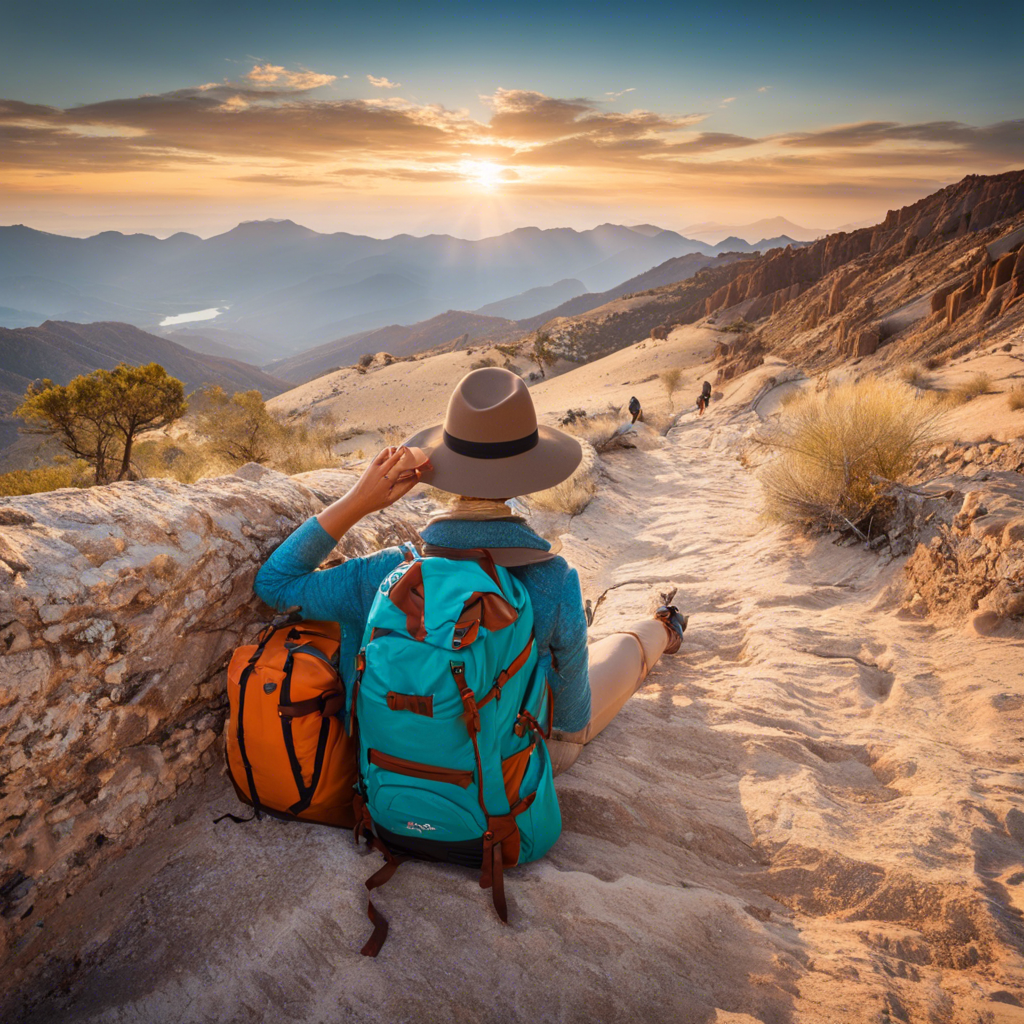Capturing breathtaking photos during your travels is an art form that anyone can master with the right tools and techniques. Whether you’re a novice photographer or a seasoned pro, the following tips and tricks will help you take your travel photography to the next level and create lasting memories of your adventures. First and foremost, investing in a good camera and lens is essential. While smartphone cameras have improved tremendously, they still fall short when compared to the capabilities of a dedicated camera. Look for a camera with manual settings, allowing you to have more control over your photos. Additionally, opt for a versatile lens, such as a wide-angle or zoom lens, that can accommodate various shooting situations.
Once you have the right equipment, it’s time to compose your shots effectively. Consider the rule of thirds, a basic principle of composition where you imagine your frame divided into a 3×3 grid and place the key elements along these lines or at their intersections. This creates balance and draws the viewer’s eye naturally. Also, pay attention to your lighting. Good lighting can make or break a photo. Early morning or late afternoon often provides the most flattering light, creating a warm glow and bringing out the textures and colors of your subject.
Don’t be afraid to experiment with different perspectives. Get low to the ground or find a higher vantage point to add interest and uniqueness to your shots. Playing with angles and viewpoints can make familiar subjects look new and exciting. Furthermore, incorporating people into your photos can add a sense of scale and tell a story. Whether it’s a local going about their daily routine or a fellow traveler exploring a site, including human elements gives your photos context and emotion.
Storytelling should be a key focus of your travel photography. Try to capture not just the beautiful landscapes or landmarks but also the small details that convey a sense of place. From street signs and markets to local cuisine and cultural artifacts, these details can evoke the feelings and atmosphere of your destination, creating a more immersive travel story. Another essential technique is to use leading lines to guide the viewer’s eye through your photo. Leading lines are diagonal lines that direct attention to the main subject, making the image more dynamic and interesting. They can be natural, like roads or rivers, or man-made, such as fences or buildings.
Timing is also crucial in travel photography. Research and plan your shots to take advantage of the best light and conditions. For example, if you want to capture a sunrise over a famous monument, check the sunrise times and plan to be there early. Or, if you’re visiting a location known for its vibrant markets, go during the busiest times to capture the energy and activity. Lastly, post-processing is an integral part of the digital photography workflow. This is where you enhance and adjust your photos using software. There are many programs available, from basic ones that come with your camera to more advanced options like Adobe Lightroom or Photoshop. Play around with adjusting exposure, contrast, and color balance to bring out the best in your images.
Remember, practice makes perfect. The more you shoot, the better you’ll become at capturing the beauty and essence of your travels. So get out there, explore the world, and don’t forget to take lots of photos along the way! Travel photography is a rewarding hobby that will not only provide you with amazing memories but also enhance your journey and deepen your connection to the places and cultures you encounter.
I hope these tips inspire and guide you to take stunning travel photos. Happy adventures and happy clicking!
